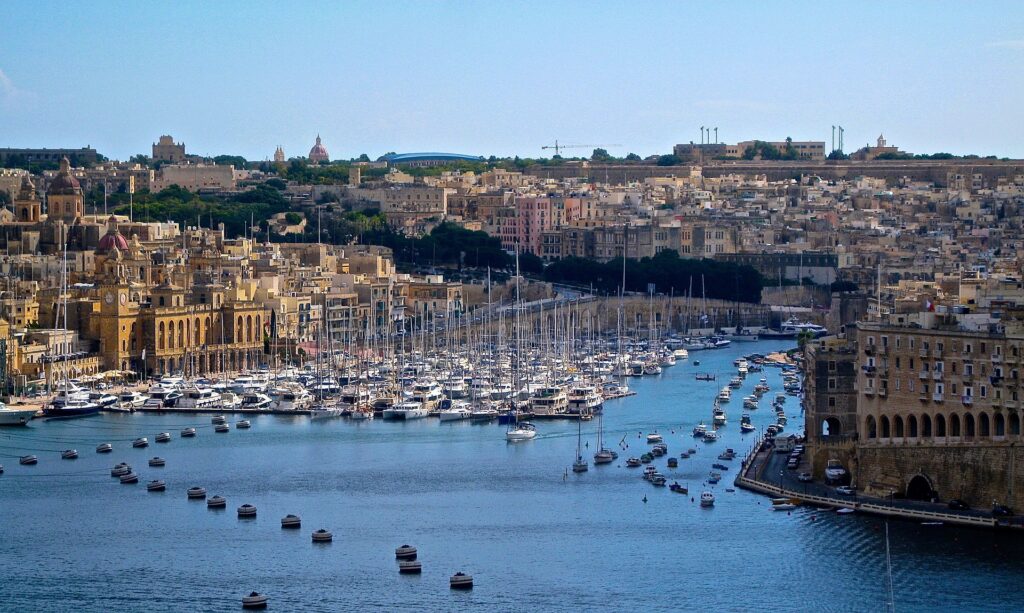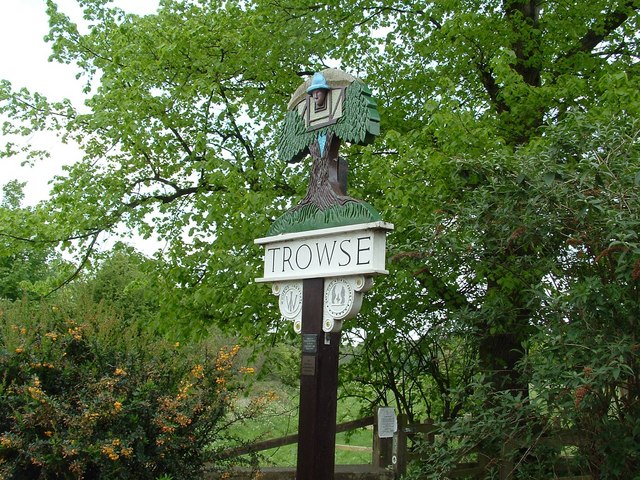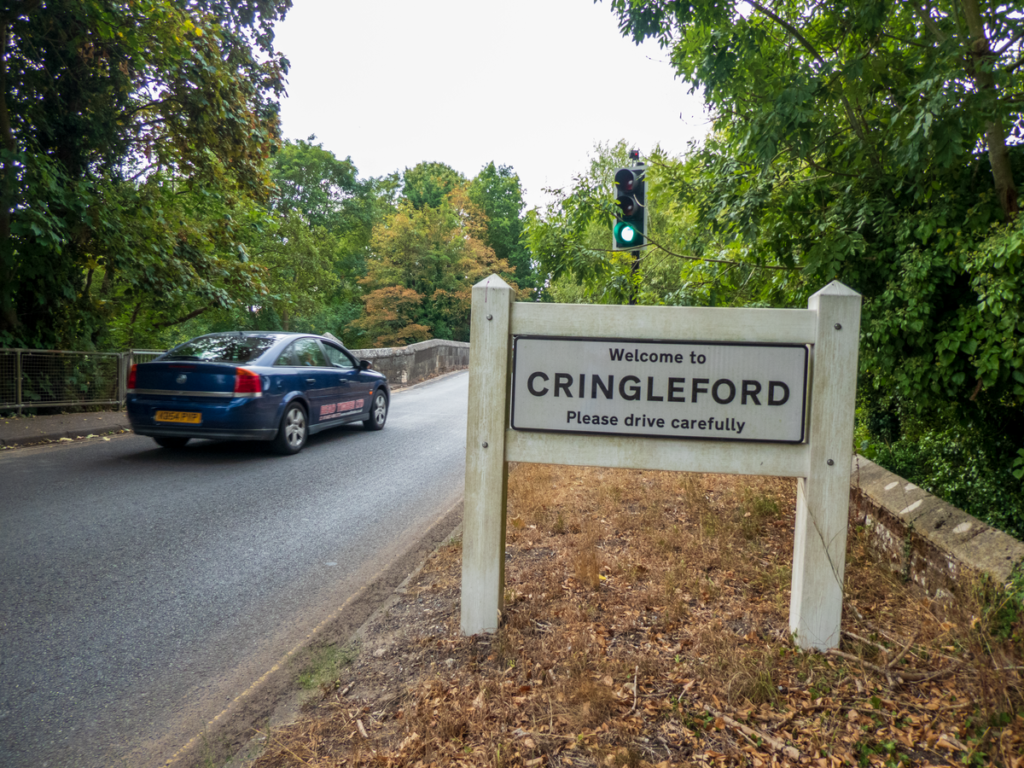Blog
Five Key Reasons to Move to Malta

Malta isn’t just one island, it’s an archipelago and only the three largest islands – Gozo, Comino and Malta itself – have a human population. It’s also one of the smallest sovereign countries in the world, and one of the most densely populated. Here Hamiltons Removals, who offer commercial and domestic removals to Malta, outline some of the key reasons why it’s an attractive place for people to move to – and Britons in particular.
- The Close Cultural Ties
If you are considering removals from the UK to Malta, then it is a big plus that English is one of the two official languages. Both Maltese and English are taught alongside each other from primary school onwards. Italian is also commonly spoken on the island.
Official government business can be carried out in both Maltese and English. Road signs, particularly warning signs, are in English and motorists drive on the left, just like the UK. However, street signs are generally in Maltese.
The island was a strategically critical location during World War II, and the British fought valiantly to defend it. This is because Malta used to be a part of the British Empire, only gaining its independence in 1964. Today, it is still part of the Commonwealth. However, as the country is also a member of the EU, this could make getting a residency visa a bit more complicated after Brexit.
2. The Weather
The country enjoys one of the warmest and sunniest climates in Europe, with more than 3,000 hours of sunshine every year. The Maltese summer, as we would recognise it in the UK, lasts for around eight months a year.
However, although it’s warm, it’s not too hot with the average temperatures being around 26-30oC in July and August, but these are the warmest months of the year. Generally, the temperatures are around the 15-20oC mark for the other ‘summer’ months.
The climate, and the numerous beaches, make Malta a particularly attractive country to retire to.
3. The Food
There’s plenty of fresh food to enjoy in Maltese dishes. Surrounded by the sea, the Maltese (not surprisingly) do seafood well. Sea bream and sea bass may be familiar to UK palates, while swordfish and lampuka (a type of dolphin fish) less so. Rabbit stew is also popular and is the closest the Maltese have to a national dish.
There’s plenty of roadside markets selling fruit and veg, including locally grown olives and capers. The Maltese also make their own distinctive bread and fill it with tomatoes, tuna, capers and olive oil. There’s usually plenty of Italian dishes in most restaurants as well thanks to the closeness of the country.
4. The Transport Links
If you do want to fly back to the UK, there shouldn’t be a problem. This is because Malta International Airport, which lies in the south of the island close to the town of Luqa, has plenty of flights to the UK every week. British Airways, easyJet and particularly Ryanair all operate flights to and from the UK.
In addition, Malta is a good base from which to explore the rest of the region, with flights to more than 30 different European destinations. You can also visit the outlying islands by ferry.
5. The Cost of Living
It’s relatively cheap to live on any of the islands, and prices tend to be even lower outside the main cities. Most rented accommodation comes fully furnished although the build quality of some of the homes (particularly the older ones) can vary.
Food, including eating out, is also reasonably inexpensive. This trend is also shown in the average prices of consumer goods which was around 10% lower than the EU average, according to 2021 figures.
Although the average salary is only around 18,000 euros, expats with a specialist skill or trade may be able to earn much more. And healthcare is free provided you are registered to live in the country, although you may have to pay for prescriptions. There’s also a flourishing private healthcare sector too.
Removals to Malta with Hamiltons Removals
At Hamiltons Removals, we can help you if you are considering moving house to all the major destinations in Malta, including the capital Valetta, and Bornio, Qormi, and Zabbar.
If you would like to know more about our European moving service, follow this link or call us directly on 01379 855203 or 0800 246 5622.
Removals to Trowse and Cringleford with Hamiltons Removals

Although both lie in the shadow of the county capital of Norwich, the nearby villages of Cringleford and Trowse have much to offer in their own right. Here, East Anglia removal firm Hamiltons Removals look at the two locations for those considering moving to either of them.
Trowse
This village is historically called Trowse with Newton but these days is generally just shortened to Trowse. The name comes from the Anglo-Saxon word for treehouse, as many of its early homes were built on stilts to avoid flooding (the settlement lies on the banks of the River Yare).
It’s only about 1.5miles south-east of Norwich city centre but is still a distinct parish in its own right. Local residents have voted against being part of an expanded ‘Greater Norwich’.
Trowse was actually a model village built by an employer for his workforce, rather like Bournville near Birmingham, and Port Sunlight near Liverpool. The Norfolk version was built or extended for the workers at the nearby Colmans factory in the 18th century (the firm has since moved all its production, including of the famous mustard brand, out of Norwich). Some of the homes still have mustard-yellow front doors. The Colman family still own much of the land in and around Trowse.
These days the parish is expanding – almost doubling in size from 2001 to 2011, to 862 inhabitants, and it is expected to rise further with more developments in the pipeline. The former Norwich City football club training ground, which has since moved to Colney, has already been converted into a housing estate.
Much of the village is centred around the Common, although there are a number of outlying estates. The village has regained much of its peace and tranquility thanks to the Norwich southern bypass, which was completed in 1992. The road has taken a lot of traffic away from the village itself.
Trowse boasts a sports hall, a dry ski slope, plenty of woodland walks, two nearby lakes (one for conservation and one for water sports) and two pubs.

Cringleford
Like Trowse, Cringleford is also a village on the banks of the River Yare – its name comes from Old English and Old Norse and means a ford by a round hill. It lies 4.5miles to the south of Norwich city centre, although the outskirts of the city are a lot closer.
Prehistoric artefacts – mostly axes and arrowheads – have been uncovered on the site from both the Bronze and Iron Ages. Roman pottery and Anglo Saxon items have been unearthed in the village as well.
Cringleford was listed in the Domesday Book, although there were just 25 households there at the time. According to the latest census for which figures are available, (2011), it had a population of just under 3,000.
The parish church of St Peter dates from Norman times, while Cringleford Bridge (over the River Yare) was originally built in 1520. It has been rebuilt and restored many times due to a combination of extreme weather, flooding and accidents; the most recent major repair work was carried out in the 1970s.
It’s still a highly desirable place to live for those who don’t want the hustle and bustle of inner-city life, even though the A11 passes through part of the village. Cringleford has won the Norfolk village of the year competition six times, along with a host of other awards.
Removals to Trowse and Cringleford with Hamiltons Removals
Hamiltons Removals can help if you are interested in moving to either Trowse or Cringleford. We offer high-end removals to all parts of the county, from Norwich itself to the smallest of villages.
We provide a complete service all designed to make the whole process as simple as possible – we give you the choice of video surveys, online quotations or personal visits; we can also pack and unpack your items; or provide some high-quality packing materials and let you do the packing yourself.
If you have any questions about any of our services, just call us on 01379 855203.
Images: PAUL SHREEVE/ SEBASTIANDOE5//WIKIMEDIA COMMONS











